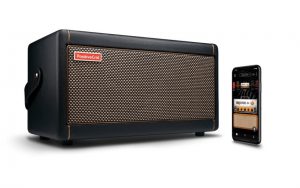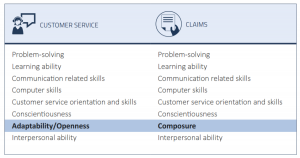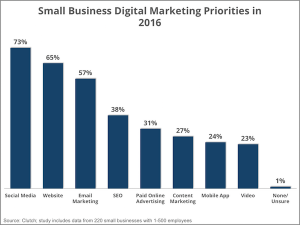
As we enter the final half of 2015, many decision makers within commerce organizations are looking for scalable and cost-effective solutions to streamline business processes and increase annual revenue. And, according to a survey of 500 small business owners conducted by Palo Alto Software, SMBs in particular are looking toward modern ecommerce technology, now more than ever before, as a long-term solution to efficient and successful business operations.
Here are the top three small business technology trends today:
1. SMBs are Spending More on Tech
SMBs are highly motivated to run their businesses efficiently and effectively with best in class technology. According to the survey, 81% of small business owners say they’re planning to invest in more technology in the year ahead. How much exactly? Well, 48% say they’re willing to spend more than $ 5,000 throughout the year, with 31% reporting they’d invest more than $ 10,000 if necessary.
When asked to rank the top tools they’re looking to purchase over the next year, email marketing ranked first, followed by business management and accounting. These trends echo similar customer sentiments in the commerce industry as well –– with consumers preferring email communication over all else, while also choosing to purchase from retailers with slick checkout capabilities and the highest level of ease of use.
2. SMBs Operate in the Cloud
Most of the preferred technology used by SMBs today is cloud-based, meaning on-premise and custom solutions are falling by the wayside. The survey found that 37% of small business owners say they run over half their business in the cloud and 44% use more than two cloud-based tools to manage their company’s daily operations. Further, 81% say they would be willing to pay more for a tool that combined data from multiple systems for the time savings and increase in efficiency.
Again, the major driver here is cost effectiveness and increased scalability of business operations. Cloud-based or SaaS solutions typically serve a variety of customers and build out product road maps based on customer needs as they scale. The cost of the platform, then, is spread across the entire customer base –– lowering the full cost of ownership for individual businesses –– while product updates are consistently occurring, allowing for ease of use and seamless business growth.
Cloud and SaaS-based solutions also allow for increased company collaboration.
“Integrated systems ensure that all executives and employees have access to the same information and that the information is consistent across systems and channels,” wrote Sabrina Parsons, CEO at Palo Alto Software. “Cloud tools can help small businesses better track finances, complete projects, execute marketing campaigns or manage customer relationships.”
3. SMBs are More Mobile than Ever
With the increase in cloud and SaaS solutions allowing owners to run companies without official office space, on-the-go business management is increasingly becoming the preferred, and more cost-effective, route to success. According to the survey, 89% of small business owners occasionally use a smartphone to run their business, and 56% reported using tablets. What’s more is that 63% said they plan to increase their use of mobile devices for business in the year ahead.
In all, these trends are part of a smart scaling strategy for SMBs. Invest in marketing and efficient technology, grow your customer base and then invest in overhead as necessary. Agile ecommerce technology that lives in the cloud and allows employee access to data, marketing tools and full business operations, on an as needed basis, allows for an efficient mobile workforce using reallocated dollars from what would have been overhead spent to grow brand sales, recognition and customer loyalty.
With such a strong foundation in place, it is the SMBs who fully optimize multichannel operations for customer base growth and increased loyalty that will successfully scale to compete with the big box retailers.
For a quick look into how your business could reallocate technology dollars for increased brand revenue, use this total cost of ownership calculator.
(221)





